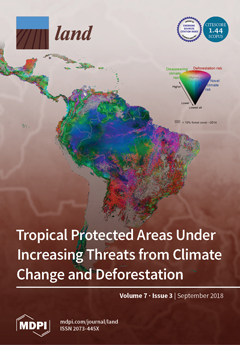Resource information
Urban green space (UGS) has been proven to be essential for improving the health of residents. Local governments thus need to provide attractive UGS to enhance residents’ wellbeing. However, cities face spatial and finanical limitations in creating and managing UGS. As a result, greening plans often fail or are postponed indefinitely. To evaluate whether informal urban green space (IGS) can supplement existing UGS, we conducted a questionnaire survey of 567 residents in Ichikawa (Japan), a city currently providing only 3.43 m2 green space per capita. In particular, we analyzed how residents’ existing green space activities affect IGS perception, as it may be difficult to recognize IGS as greenery because it is not an officially recognized space for recreation. Results show that residents took a favorable stance towards IGS, but perception differs depending on their green environment exposure. Residents who are frequently exposed to green environments in their daily lives highly recognized the environmental improvement aspects of IGS and significantly perceived spatial accessibility as an advantage of IGS. Willingness to participate in conservation activities of UGS was linked with a likelihood of recognizing IGS as UGS. Our results encourage understanding IGS as supplementary green space taking into account the attitude of residents to UGS, and contribute to introducing the IGS discourse into green space planning.


